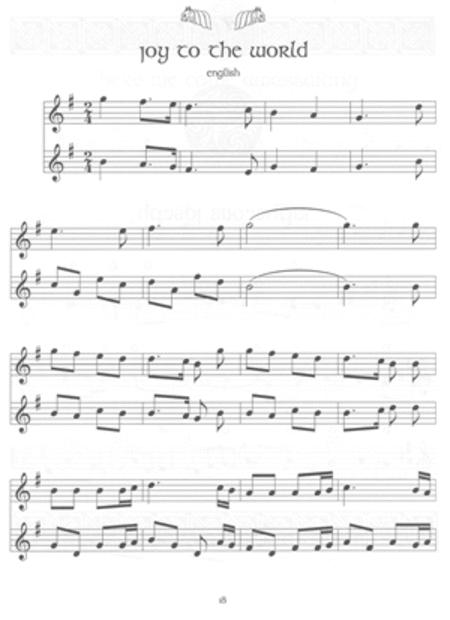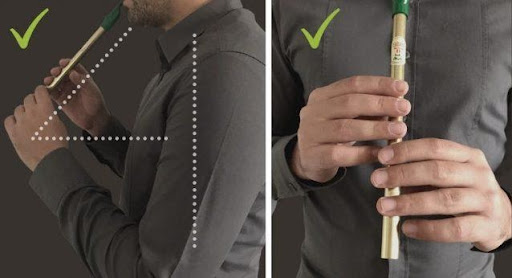Tin whistle is a six-hole woodwind instrument, featuring seven notes in its scale.
However, using special cross fingerings you can achieve playing a second scale on the same whistle.
Tin whistles can be played in any key, though most players choose a specific whistle key for each song being performed.
Basics
Tin whistle sheet music can help you learn the fundamentals of this iconic folk instrument quickly and effortlessly. Playing one is easy if you possess both an appropriate whistle and songbook that contains rhythm interpretations for traditional Irish and Scottish tunes.
Practice with a metronome is also vitally important. A metronome will help you gain the necessary techniques for playing tunes while keeping your breathing stable as your progress.
Tin whistle manufacturers now provide whistles in multiple keys, making the experience of playing songs across various keys easier for new whistlers.
Most tin whistle players use tablature to indicate which tone holes should be covered for each note, with the most popular form consisting of six circles laid out vertically with black infill to indicate which holes need covering, as well as an plus sign (+) sign for notes in the second octave.
Scales
Tin whistles can be played in an assortment of keys due to being transposing instruments; that is, they play notes in different keys depending on what key they’re played in.
Standard whistle range consists of two octaves; this is typically what most players opt for.
Some tin whistles can be tuned to produce tones an octave lower, creating what are known as low whistles. Usually made out of metal or plastic tubing with an adjustable tuning slide head.
These instruments may require more practice to learn, but are an ideal option for novice musicians. With their tuning slide and wide array of pitches to select, these instruments make great group instruments!
Fingerings
There are various whistle models and types made from different materials such as tin, brass, aluminum and wood.
A whistle features six holes, each used to produce its own distinct note. To play one of them, place the finger pads over one of these holes and blow into it.
Tablature can be an invaluable aid when starting to play an instrument for the first time, showing what notes to cover on the whistle quickly and efficiently. It will enable you to learn quickly and effortlessly.
Fingering techniques that produce different keys on a tin whistle vary and may take practice and experience to master. Some are particularly complex and should only be attempted under expert guidance.
Tablature
Tin whistle sheet music is typically written using tablature, or fingerings – diagrams similar to those seen on saxophone, clarinet and flute instruments.
Tin whistles can be used to produce diatonic music in all major keys; their lowest note, known as the tonic, may feature a leading tone (the seventh just before it) that may allow partial covering of certain holes while leaving others open.
Tin whistles may be more complex to use than concert flutes, yet are easier to play and offer greater sound range if played properly by covering all its holes. Furthermore, vibrato can also be achieved using this instrument by changing air speed and pressure at various intervals throughout its performance.
Breath Control
Breath control is essential when playing the tin whistle; without it, your playing will sound squeaky and unpleasant.
There are a few steps you can take to improve your breath control:
1. Begin by familiarizing yourself with the varying air pressure requirements for each note.
2. Practice playing upper octave notes using short bursts of blowing (not over one second) and gradually lengthening each note duration.
3. Experiment with arpeggios, which consist of a series of notes starting on one note and progressing up the scale by an octave.
4. Finally, try incorporating ornamentation into your playing.
Ornamentation is an excellent way to add depth, vibrato, emphasis and richness to your tin whistle sound. By adding vibrato, emphasis and richness you won’t get from regular whistling alone.




